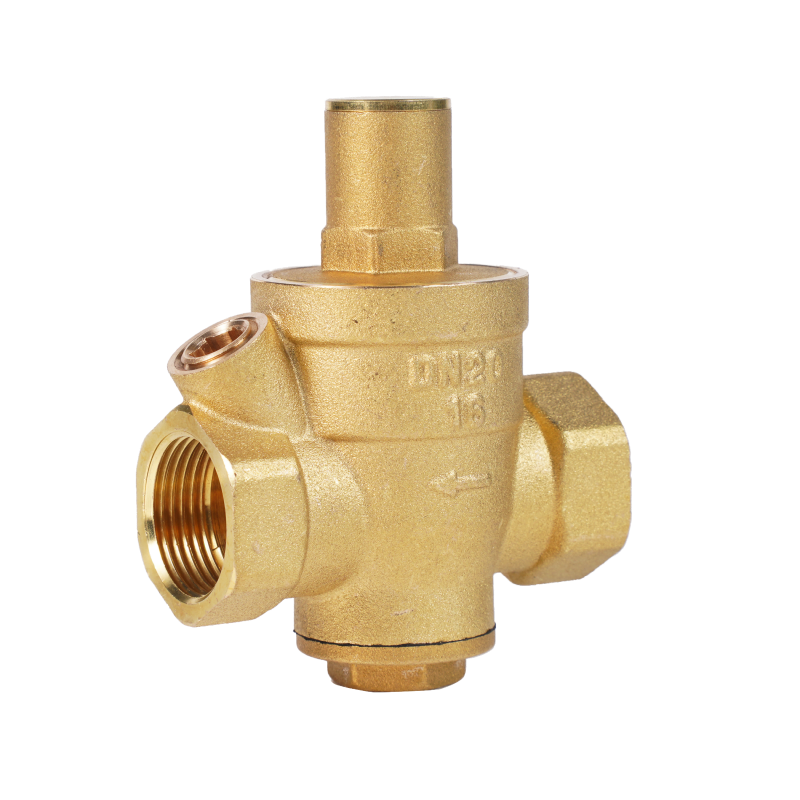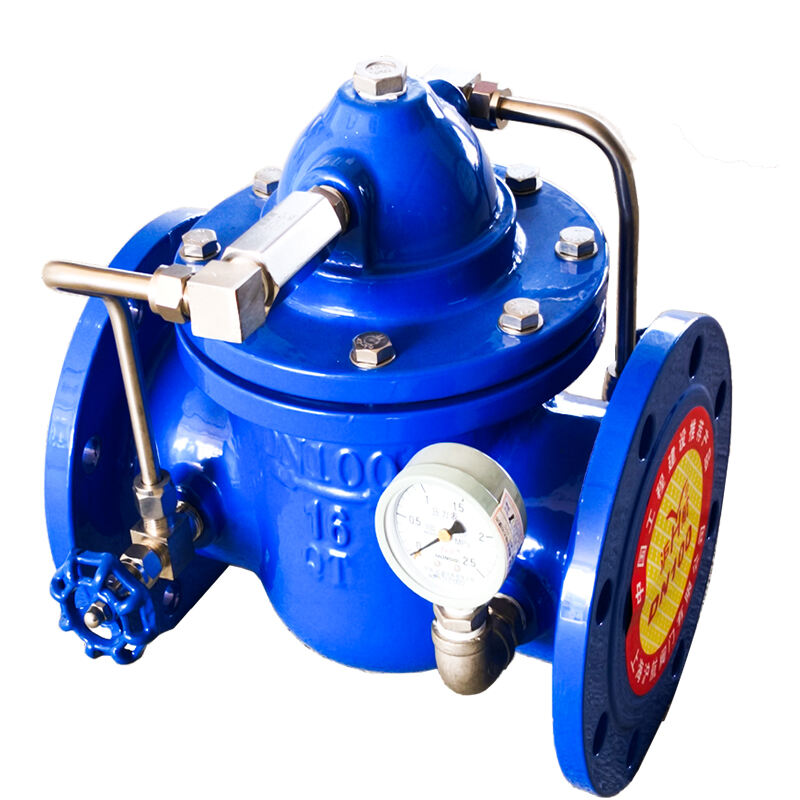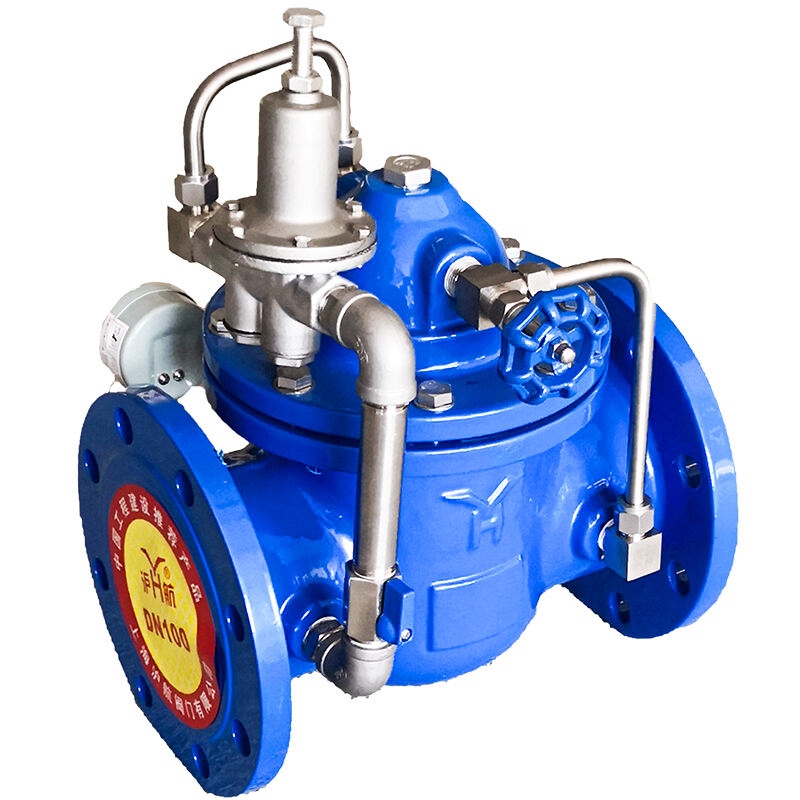hydraulic pressure reducing valve adjustment
Hydraulic pressure reducing valve adjustment is a critical process in maintaining optimal fluid power system performance. This sophisticated mechanism controls and reduces higher primary pressure to a lower secondary pressure, ensuring consistent output regardless of inlet pressure fluctuations. The adjustment process involves fine-tuning the valve's spring tension and pilot controls to achieve the desired downstream pressure levels. Modern hydraulic pressure reducing valves feature advanced pressure sensing elements, precision adjustment mechanisms, and robust construction materials that withstand high-pressure environments. These valves find extensive applications across various industries, including manufacturing, construction equipment, and hydraulic power systems. The adjustment process typically involves setting the desired output pressure using adjustment screws or electronic controls, while monitoring pressure gauges to ensure accurate regulation. The technology incorporates fail-safe mechanisms and pressure relief features to prevent system damage during extreme conditions. These valves can maintain stable reduced pressure even with varying flow rates and input pressures, making them essential components in complex hydraulic systems where precise pressure control is paramount.


